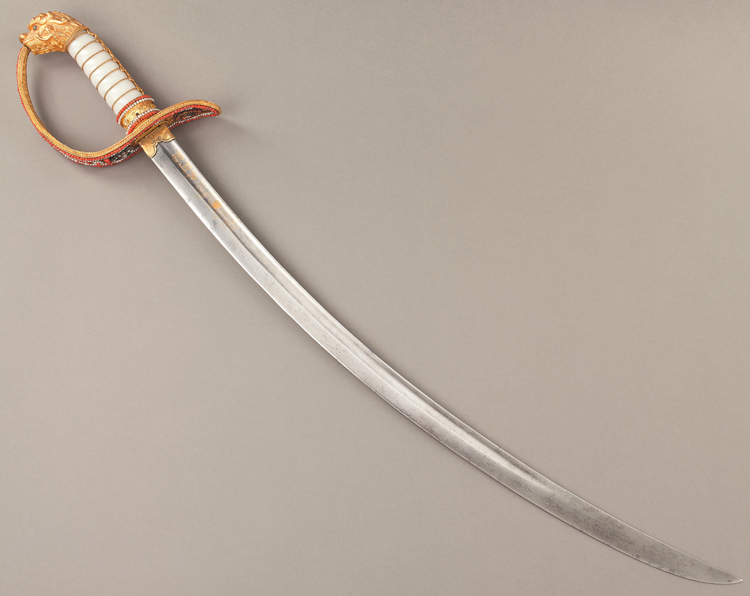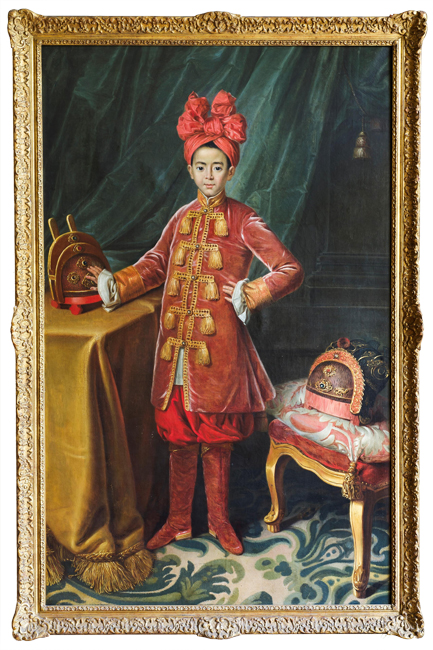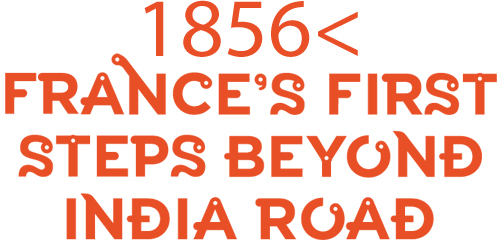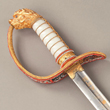france's first step beyond india road
Located at the crossroads of India and China, in the 16th century the Indochinese peninsula aroused European interest. The Pope gave the Jesuits and missionaries in the foreign missions the task of converting the local people and training a «native» clergy, while the initial commercial relations between Europe and the peninsula were inaugurated by the Portuguese, followed a century later by the Dutch and the English. France, which was only involved from the religious point of view in the 17th century, sought supply points between India and China for the ships belonging to the Compagnie des Indes Orientales (East India Company).
The civil war of 1775-1802, coming after a relatively peaceful period between the Vietnamese domains in the North and the South, gave it the opportunity, through Mgr. Pigneau de Béhaine, of signing an assistance treaty which was never applied, between the King of France Louis XVI and the heir to the Nguyen dynasty, the future Emperor Gia Long (1802-1820). At the same time as the Confucian structures of the Empire were being renovated, he modernised the army and the Vietnamese fleet with the help of French engineering and naval officers and built citadels similar to those of Vauban. At his death, his successor, Minh Mang, then Tu Duc, became closed to foreign influence, still looking for commercial concessions and treaties, and proclaimed edicts persecuting Christians, accused of collusion with the Europeans.
Just before France’s military intervention, relations between the Indochinese peninsular states, very diverse both ethnically and culturally, were unequal. The Indianised kingdoms of Cambodia and Laos, declining and weakened, were dominated by Siam, while Vietnam remained within the orbit of the Chinese political culture. Furthermore, these countries had ethnically diverse populations and relations between the mountain minorities and the people of the plains were tense.

sabre belonging to gia long, the emperor of annam
Late 18th - early 19th century Steel, gold, jade, coral, pearl, precious stones and vermeil
© Paris, musée de l’Armée

prince canh (1780-1801)
crown prince and son of the « king » of cochinchina, nguyen anh (future emperor gia long),
when he visited france to sign the treaty of versailles - maurépin
1787, Oil on canvas H. 164 cm ; L. 99,5 cm
© Paris, Missions étrangères de Paris.












